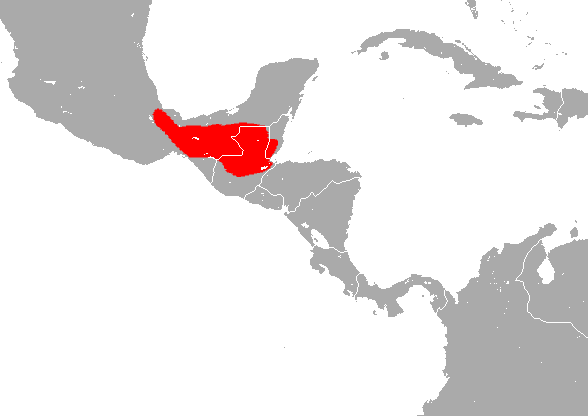Facts About Thomas's sac-winged bat
Thomas's sac-winged bat, a diminutive member of the Emballonuridae family, can be found in Belize, Guatemala, and Mexico. Named by Oldfield Thomas in 1904, its name might be inspired by Io from Greek mythology, reflecting its elusive nature. Unfortunately, this bat is listed as "vulnerable" on the IUCN Red List, primarily due to habitat destruction leading to a decline in its population.
Weighing approximately 3.7 grams for males and 5 grams for females, Thomas's sac-winged bat is the smallest in its genus. Unlike its relatives, it lacks the distinctive white trim. Information on their reproductive habits is limited, but it is known that females typically carry one fetus, with pregnant bats observed between March and June.
These bats prefer to roost in caves, especially near entrances where there is some light, although they can also be found deeper inside caves or even in railroad tunnels. They typically hang about nine inches apart from each other on the ceiling, often forming colonies of fifty or more.
As insectivores, Thomas's sac-winged bats feed after sunset, making them difficult to observe. Despite their small size, these bats play a significant role in their ecosystem by helping to control insect populations.

 Mexico
Mexico